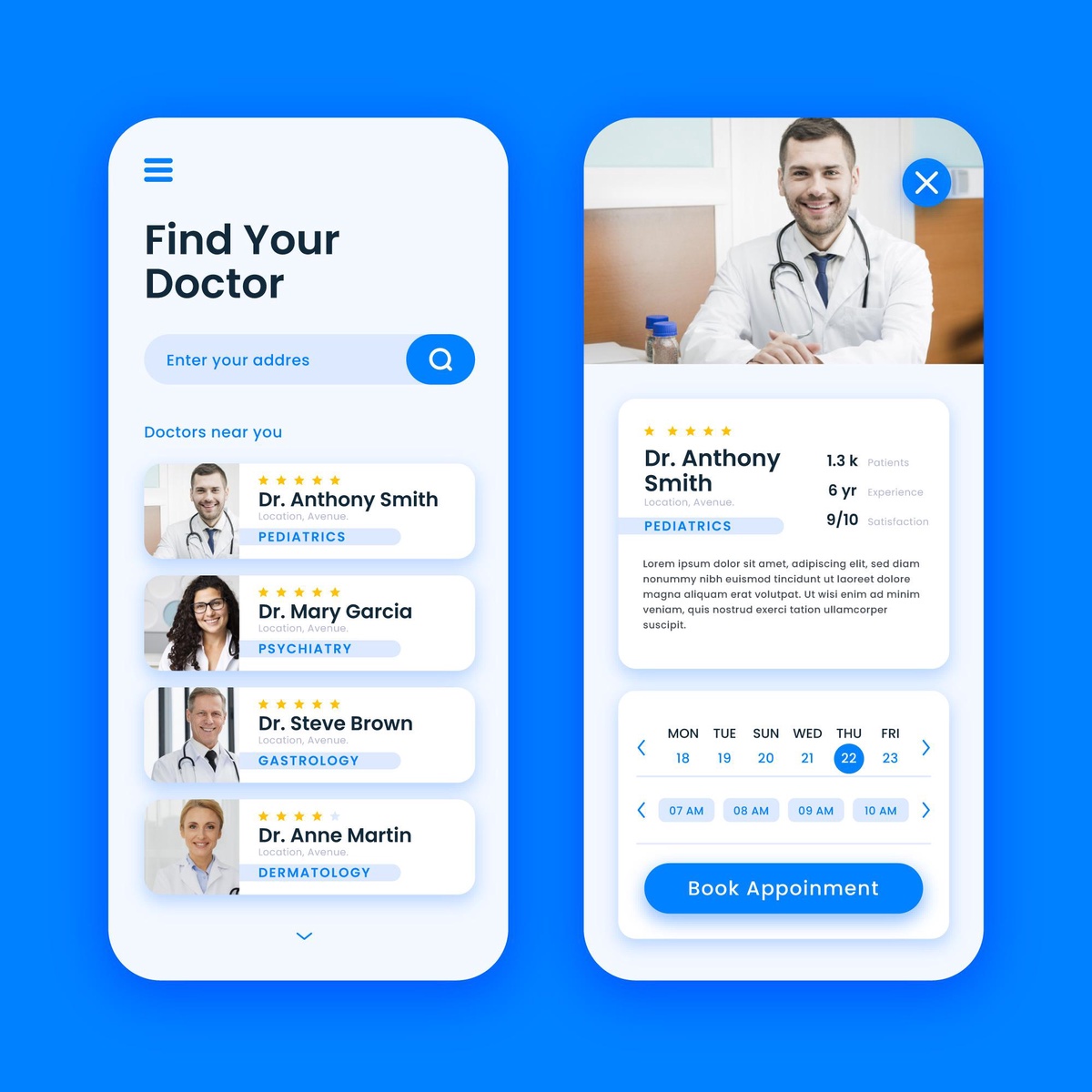In recent times, the healthcare landscape has witnessed a significant shift towards embracing technology to provide more accessible and efficient care. One notable advancement in this realm is telemedicine, a practice that allows patients to consult with healthcare professionals remotely. To facilitate this process, various software solutions play a crucial role. In this article, we will explore the primary software used in telemedicine.
Video Conferencing Platforms

Video conferencing platforms serve as the backbone of Telemedicine Software Development Services in the UAE, enabling seamless communication between healthcare providers and patients in a virtual setting.
These platforms, such as Zoom, Microsoft Teams, and Cisco Webex, offer secure and user-friendly interfaces that facilitate real-time consultations. Patients can connect with their healthcare professionals from the comfort of their homes, reducing the need for physical visits to medical facilities.
The versatility of these platforms allows for not only face-to-face interactions but also the sharing of medical information, diagnostic images, and treatment plans in a secure and HIPAA-compliant environment.
Video conferencing has become a cornerstone of telemedicine, providing a bridge between healthcare providers and patients, fostering accessibility, and ensuring the continuity of care, especially in times when in-person visits may be challenging.
As telemedicine continues to evolve, video conferencing platforms play a pivotal role in enhancing the overall patient experience and expanding the reach of virtual healthcare services.
Electronic Health Record (EHR) Systems
Electronic Health Record (EHR) systems serve as the digital backbone of modern healthcare, transforming the way patient information is managed and shared.
These systems play a pivotal role in centralizing comprehensive health data, encompassing everything from medical histories and diagnoses to treatment plans and laboratory results.
Healthcare providers leverage EHR systems to enhance the efficiency and accuracy of patient care by allowing seamless information exchange among different healthcare entities.
Patients benefit from the accessibility of their health records, empowering them to actively engage in their healthcare journey. With features like interoperability and secure data storage, EHR systems contribute significantly to the continuity of care, ensuring that healthcare professionals have access to up-to-date and relevant information, ultimately leading to more informed decision-making and improved patient outcomes.
As the cornerstone of telemedicine, EHR systems play a critical role in supporting virtual consultations and remote healthcare delivery, fostering a more connected and patient-centric approach to modern healthcare.
Mobile Health (mHealth) Apps

mHealth apps are gaining popularity for telemedicine, providing a convenient way for patients to monitor their health and communicate with healthcare professionals. These apps can facilitate virtual appointments, medication reminders, and symptom tracking. Examples include Doximity, HealthTap, and MyChart, which offer user-friendly interfaces for both patients and providers.
Remote Patient Monitoring (RPM) Tools
Remote Patient Monitoring is a crucial aspect of telemedicine, allowing healthcare providers to keep track of patients' vital signs and health metrics from a distance. Devices like wearable sensors, smartwatches, and Bluetooth-enabled medical devices are integrated with RPM software to collect and transmit real-time data to healthcare professionals.
Telemedicine Software Development Services
Behind the scenes, telemedicine software development services play a pivotal role in customizing solutions to meet specific healthcare needs. These services involve creating and maintaining the software infrastructure that supports secure and efficient telehealth operations. Companies offering telemedicine software development services contribute to the ongoing evolution of this field.
Telehealth Platforms
In addition to video conferencing and EHR systems, specialized telehealth platforms are designed to provide a comprehensive solution for virtual healthcare delivery. These platforms often integrate various features, including appointment scheduling, secure messaging, and prescription management. Well-known examples include Teladoc, Amwell, and Doxy.me, which cater specifically to the needs of telemedicine practices.
Practice Management Software

To streamline administrative tasks in a telemedicine setup, healthcare providers often turn to practice management software. These tools assist in scheduling appointments, processing payments, and managing patient records efficiently. Popular solutions like AdvancedMD, Kareo, and Athenahealth contribute to the smooth operation of telehealth practices by automating routine tasks and reducing administrative burdens.
Secure Messaging Systems
Secure messaging systems are crucial for maintaining communication between healthcare providers and patients while ensuring the confidentiality of sensitive information. These systems often feature end-to-end encryption and secure file-sharing capabilities. TigerText, Imprivata, and Lua are examples of secure messaging platforms that help healthcare professionals communicate securely in a telemedicine environment.
Telemedicine Software Integration Services
As healthcare organizations adopt multiple software solutions for telemedicine, the need for seamless integration becomes apparent. Telemedicine software integration services focus on connecting various platforms to create a cohesive and efficient ecosystem. This ensures that data can flow seamlessly between different systems, enhancing the overall functionality and interoperability of telemedicine setups.
Compliance and Security Solutions
Given the sensitive nature of healthcare data, maintaining compliance with regulations such as HIPAA (Health Insurance Portability and Accountability Act) is paramount. Compliance and security solutions in telemedicine software help ensure that patient information remains secure and that the technology meets industry standards for data protection. Companies specializing in healthcare compliance, such as Compliancy Group and ClearDATA, play a vital role in this aspect.
Conclusion
the seamless functioning of telemedicine relies on a combination of software solutions that enable effective communication, record-keeping, and remote patient monitoring. The integration of video conferencing, EHR systems, mHealth apps, and RPM tools ensures that telemedicine provides a reliable and accessible means of healthcare delivery. As technology continues to advance, the role of software in telemedicine will likely expand, further enhancing the capabilities and reach of remote healthcare services.
For those interested in implementing telemedicine solutions, exploring reputable telemedicine software development services becomes essential. These services can tailor software solutions to fit the unique requirements of healthcare providers, ensuring a secure and efficient telehealth experience for both patients and practitioners.


No comments yet